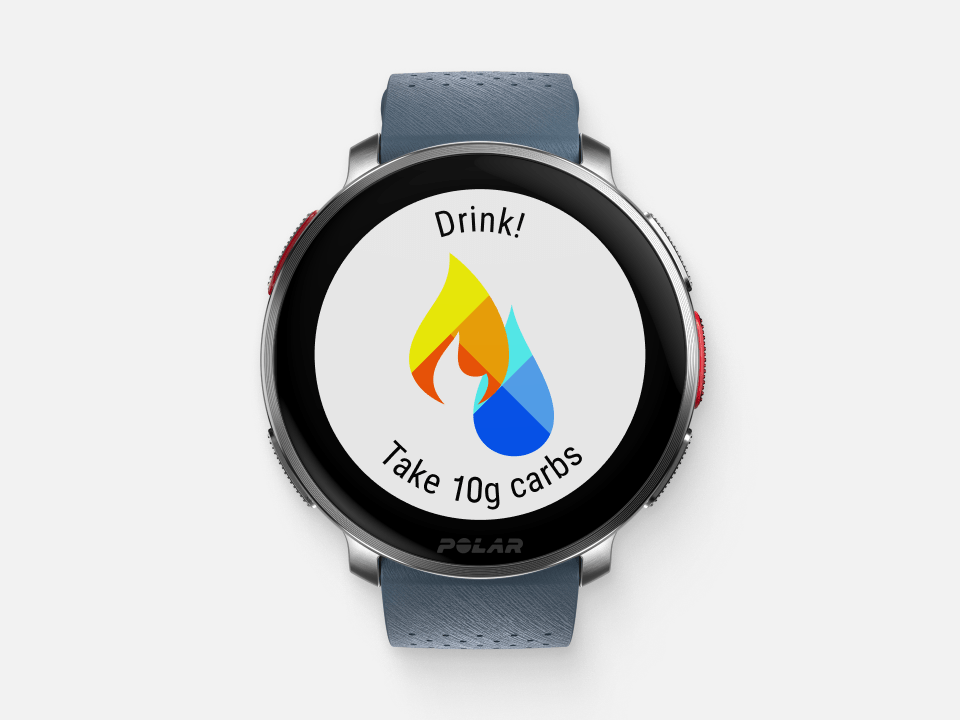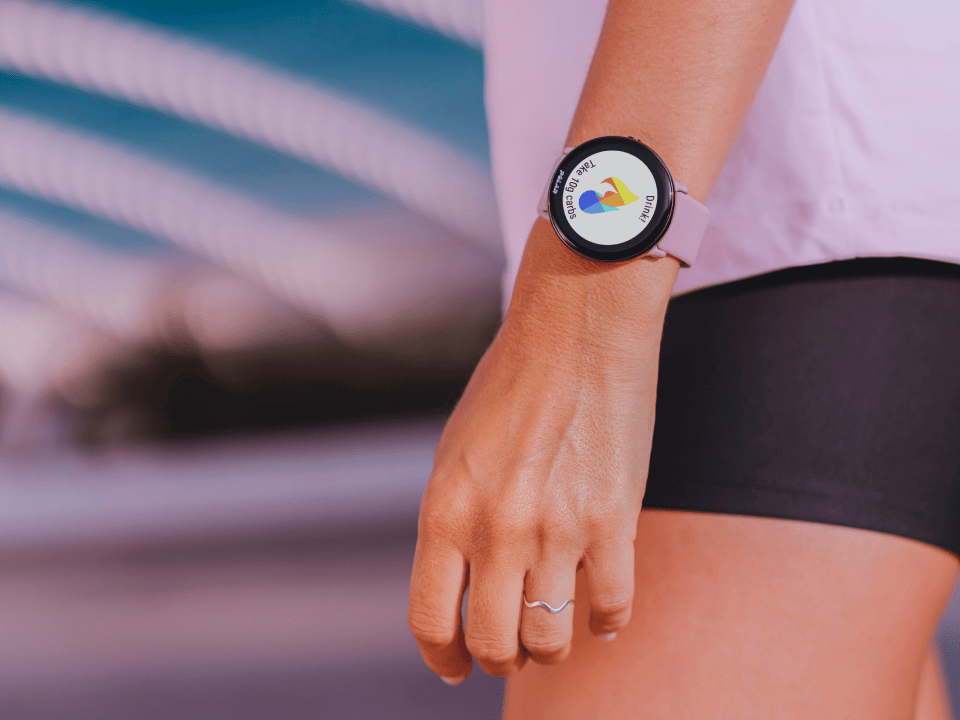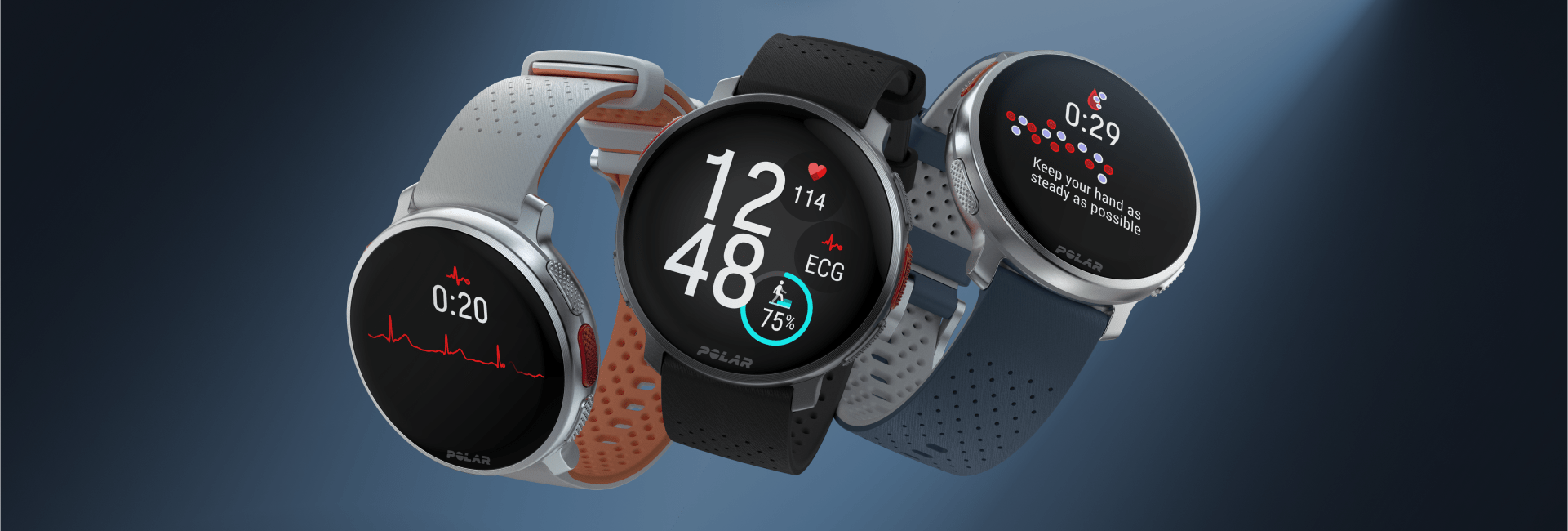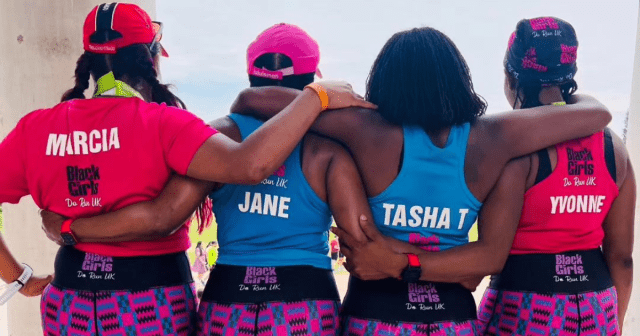Bonking, running on empty, reaching the limit, hitting the wall… Game over! Every marathoner dreads the specter of “bonking,” recognizing it as a formidable adversary capable of derailing their race and tremendously slow their pace.
Simply put, “bonking” refers to the sudden and severe onset of fatigue and exhaustion, often accompanied by a significant decline in performance. This phenomenon occurs when an endurance athlete exhausts their glycogen stores, which are the body’s primary source of energy during intense physical activity, and can result in a sudden and dramatic drop in physical and mental performance, characterized by extreme fatigue, muscle weakness, and a sense of overall depletion.
To prevent bonking during a marathon, athletes carefully plan their nutrition to ensure an adequate intake of carbohydrates, staying mindful of their energy needs throughout the race to maintain optimal performance.
Historically, athletes relied on solid foods or beverages to refuel during races, which posed challenges in terms of portability, ease of consumption, and rapid energy delivery. In recent years, however, energy gels have radically transformed marathon fueling as they provide an instant source of carbohydrates that is easy to carry and more importantly, easy to consume and digest, providing rapid energy delivery.
Energy gels and a meticulous fueling strategy have become as essential as running shoes in the pursuit of the best marathon performance. If you’re putting in the training hours, the lmiles, and the grueling intense sessions, you don’t want to risk inadequate in-race fueling leading you to bonking. The long runs during your training cycle give you an excellent opportunity to refine your marathon fueling strategy.
What should you eat during a marathon? What’s the best strategy? Well… it depends. Marathon fueling is highly individual, and it takes a bit of trial and error in training, plus a few races, to figure out what works for you.
Explore some guiding principles to ensure you steer clear of hitting the wall. Read on. 👇

First, understand your fueling needs for a marathon
Carbohydrates serve as the primary and preferred energy source for the human body, playing a fundamental role in fueling various physiological processes. However, the mechanisms through which carbohydrates provide energy are incredibly intricate and multifaceted.
You can read more on the effects of sugar and exercise, but for now, these general guidelines will be enough:
- Most athletes engaging in intense activities lasting between one to 2.5 hours are advised to consume 30-60 grams of carbohydrates per hour.
- For longer events, the recommendation is higher at approximately 90 g/h.
Unless you’re an elite athlete, covering the 42k distance will likely take you three, four, or even five hours of running. As a result, you’ll be tempted to eat as many gels as you can carry to cover your body’s needs. Proceed with caution, though. A 2015 study conducted by the University of Bath in the UK proposed that relying solely on glucose—gels main ingredient—may saturate absorption capacity at 60 grams per hour, potentially leading to gastrointestinal discomfort. Therefore, when planning your marathon fueling strategy, you need to take into account your body’s capacity to absorb carbohydrates.

The number one rule: nothing new on race day
While attending the expo the day before the race, you may find yourself tempted to purchase energy gels from one of the many vendors present. Perhaps you find a new flavor or a brand you want to try. Think twice.
As mentioned earlier, marathon fueling is an incredibly individualized aspect of preparation, and the consequences of introducing unfamiliar gels into your regimen can be unpredictable. The last thing you want on race day is to encounter digestive discomfort or stomach issues due to an unfamiliar gel. Even minor digestive disturbances can significantly impact your performance and overall experience during the race. Opting for tried-and-tested fueling strategies that you’ve successfully incorporated into your training regime is a much safer approach. By sticking with what you know works for your body, you can minimize the risk of unpleasant surprises and ensure that you’re fully prepared to perform at your best come race day. A stop at the nearest portapotty won’t be fun.

Observe the nutrition facts label
Marathon gels are designed to provide a quick and easily digestible source of energy for endurance athletes during prolonged exercise. Most are made of a combination of maltodextrin and fructose. Both are simple sugars that our bodies can digest quickly.
Those all the ingredients you really need. Keeping the ingredient list as minimal as possible is essential for several reasons. First and foremost, simplicity reduces the risk of gastrointestinal distress during a race. Complex formulations or excessive ingredients may increase the likelihood of stomach upset, cramping, or other digestive issues, which can significantly hinder an athlete’s performance. Moreover, a concise ingredient list allows athletes to better monitor and understand what they are putting into their bodies, ensuring that the fuel is both effective and well-tolerated. Lastly, simplicity in formulation often aligns with quicker absorption, facilitating the rapid delivery of essential carbohydrates and electrolytes to the muscles, aiding in sustained energy and optimal performance throughout the marathon or endurance race.
Some additional ingredients can help keep your muscles firing, however. Some energy gels contain caffeine, which is proven to improve performance and can give a motivation boost. Also, electrolytes are common to help replace essential salts and other minerals.
Fat is fuel, too
A bulletproof marathon fueling strategy isn’t all about carbs. Fat, or better said, learning to use fat as an energy source plays an important part in training for a marathon.
In the realm of endurance sports, such as marathons, the role of fat as a crucial fuel source cannot be overstated. While carbohydrates are the body’s primary and immediate energy source, fat plays a pivotal role, especially during prolonged efforts like a marathon. As the intensity of exercise increases and the body’s carbohydrate stores deplete, it begins to rely more on fat for energy. Fat is a dense and long-lasting fuel, providing a sustained energy source that becomes increasingly vital as the race progresses. Endurance athletes who efficiently utilize their fat stores can conserve precious glycogen, extending their endurance and delaying the onset of fatigue. Therefore, understanding the delicate balance between carbohydrate and fat utilization is key to optimizing performance in endurance events, transforming fat into a valuable ally for those pushing their physical limits.
Key learning: Incorporate low-intensity training sessions into your training plan to stimulate the usage of fast as a more effective energy source.
Timing is everything
A very important element of your marathon fueling strategy is timing. You need to take fuel at the right moment. For instance, consuming an energy gel beyond the 17km mark of a half marathon is unlikely to yield significant benefits, as the body may not have sufficient time to metabolize the carbohydrates into usable energy before the race concludes.
During your training, you can experiment until you find the optimal interval to leave between gel refueling. In general, studies suggest that you should take 25-30g of carbohydrate—the equivalent of one energy gel sachet— every 30-45 minutes.
To determine the precise timing for taking an energy gel, you can rely on your Polar Watch and the FuelWise™ smart coaching feature. During training, it monitors your energy expenditure during the session and calculates how much carbs you need for your session, adjusting automatic fueling reminders to match your carbs consumption so that you’ll feel energized all the way to finish.
Pro tip: With FuelWise™, you can also set reminders manually to be alerted at your chose intervals. This feature is particularly handy during a race, where the excitement and concentration may lead to overlooking the optimal time for consuming your gel.
And of course, always hydrate
Lastly, remember to always take energy gels with water, and never on their own or with a sports drink. Without water, they take longer to digest and enter the blood stream. As energy gels are a condensed sports drink, taking them together puts you at risk of taking on too much sugar at once.
Ready for Race Day?
Practicing your marathon fueling strategy should be a fundamental part of your marathon training plan. By fine-tuning your nutrition strategy during training, you can optimize fueling strategies, reduce the risk of gastrointestinal discomfort, and enhance performance come race day. Making nutrition practice a fundamental aspect of your marathon training plan ensures that you’re adequately prepared to meet the nutritional demands of the race, setting yourself up for success and achieving your performance goals.
If you liked this post, don’t forget to share so that others can find it, too.
Or give it a thumbs up!
I like this article
Please note that the information provided in the Polar Blog articles cannot replace individual advice from health professionals. Please consult your physician before starting a new fitness program.





